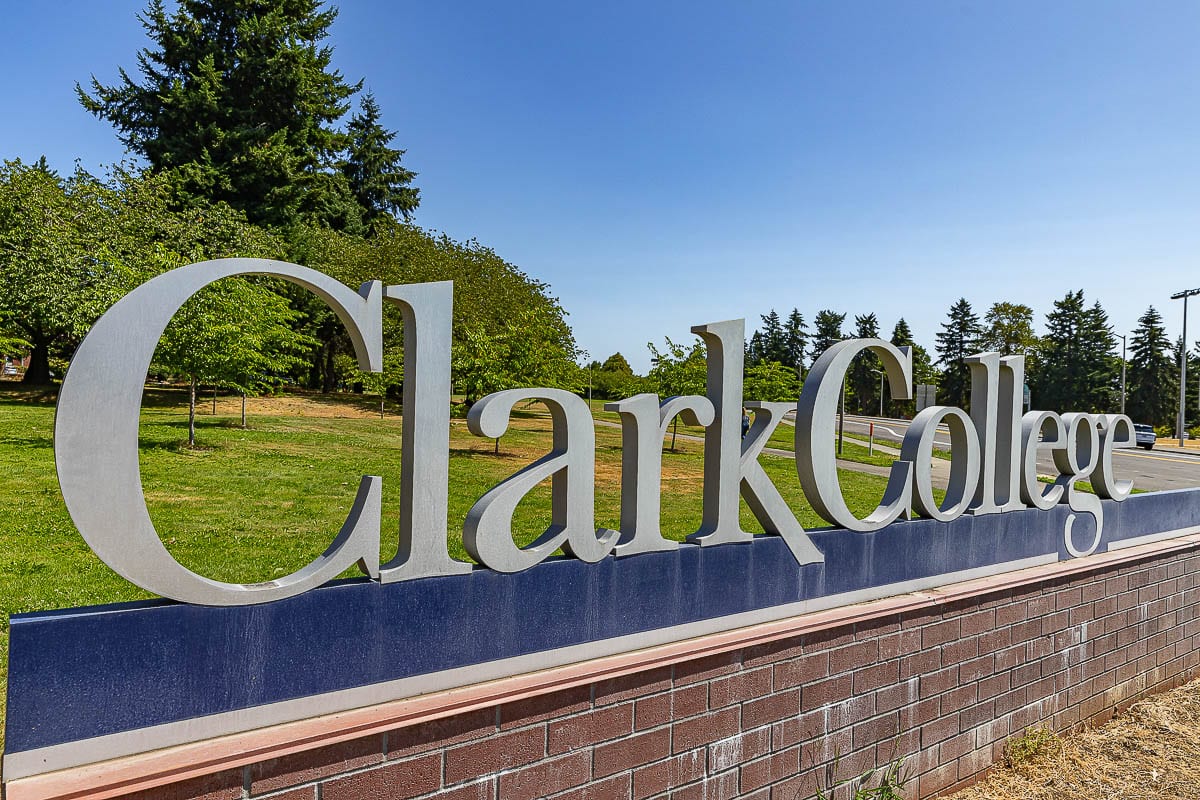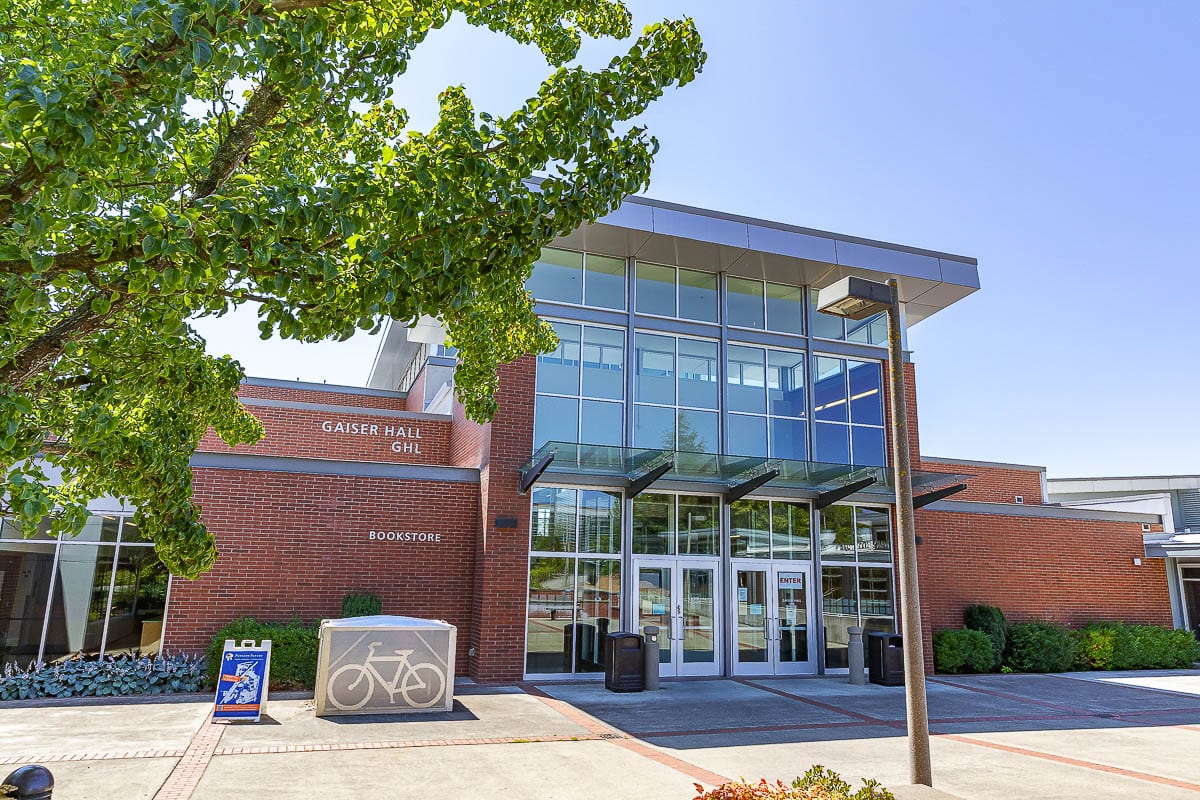Updated vaccine distribution timeline for college faculty and staff crucial to next steps, admin says
VANCOUVER — In March of last year, Clark College faculty, staff and students set sail for what they thought would be a short, but rough ride. Nearing a year later, they’ve had to learn to roll with the punches, and adapt for the better.
With the end of winter quarter at Southwest Washington’s largest college fast approaching, the college administration is looking to spring quarter with high hopes of a cautious return to on-campus instruction in key areas.

“So in summer term, we learned how to have our protocols in place, our temperature checks at the door, so that we could bring back about 200 students onto the campus,” said Clark College’s Chief Communications Officer, Kelly Love. “We remained in that mode through fall term, which was September to December, but the majority of our classes are online and remote. That’s how we entered into winter term which is now well underway.”
Love explained that at Clark remote and online are not the same thing. When learning in remote format, students are on video calls, in small lab groups or in some capacity completing work in real-time. Online learning is work assigned to students with a deadline, but completed at a pace set by each student.
This model has been successful in continuing the flow of students towards the goal of graduation, and has been most popular with Running Start students; who currently comprise nearly a quarter of the total student population.
The distance learning version of Clark’s programs has not been perfect for every student, however, with many needing hands-on projects. The welding, automotive, diesel, and computer editing classes have been able to bring in small groups of students with face coverings and social distancing.
This is the version of learning that the Clark administration is hoping to expand in the coming months, with the guidance of their Recovery Management Team (RMT) and the State Board of Community and Technical Colleges (SBCTC).
“We look at the trends and new COVID cases and hospital admissions, all the things that every other organization is having to track right now,” Love said. “The other thing that we have questions about is the vaccine, its availability, and where community colleges will fit within the priority list.”
Currently, Gov. Jay Inslee’s most recent plan for rolling out vaccine distribution in phases, does not specify where higher education institutions rank. This omission is expected to be filled in the coming weeks, but currently the Clark administration is seeking an answer.
K-12 educators are now listed in phase B2 of the governor’s plan, for those over 50, and B4 for younger teachers. Love pointed out that Clark does not want to not go before K-12, but would like to be close behind.
The third tier of Phase 1B currently only lists members of the population 16-years-old and older with dangerous health conditions.
“We have to do it well, and we have to do it right,” said Secretary of Health Umair A. Shah, MD, MPH, in a release. “It’s all about striking a balance between speed and proper process as we distribute vaccine. We’re going as fast as we can, but we need to do better, and we will. To our community we want to say: We’re on it. Finding the right balance is the key to success for the future, and that’s our goal.”
Love explained that in the meantime, the college will begin the process of checking in with each of its programs, and start building a list of which ones are most in need of a swift return to some amount of in-person instruction.

Lab-heavy courses, like chemistry, physics or photography may be potentially more impacted than traditional writing courses, such as English, or journalism.
In one instance, a science course instructor decided to become the “robot” for his students over Zoom; they would tell him what they thought he should do next and he would do it, right or wrong, with the results something his students could still learn from.
“They’re all a priority, and we’re all having to make difficult decisions during this pandemic. Each instructor and Dean and faculty member are having those conversations,” Love said. “I think my thing about spring term is, it’s not all or nothing. We’ll have to continue to adapt as we see the conditions evolve, and as we receive guidance. We will do everything we can to have our students on campus, because we missed our students terribly.”




